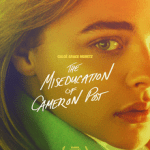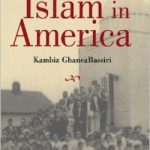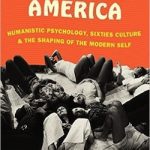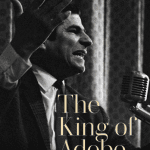By Robert Abzug
William James’s The Varieties of Religious Experience is one of the most profound and profoundly influential books ever written by an American intellectual. I have known and loved this book since I first read it as a college student, enthralled by its first-person narratives of spiritual melancholy and ecstasy as well as James’s vivid characterizations of the “once-born,” the “twice-born,” and “the reality of the unseen.” Later, as a scholar, I came to value its unique window on the tumultuous world of late-nineteenth-century American scientific and religious culture. In the years since its publication, The Varieties of Religious Experience has piqued the interest of generation after generation of the lay public and remains a touchstone for students of religion, psychology, and intellectual history.
Central to its appeal has been James’s focus on individual spiritual life rather than churches, theologies, rituals, and symbols. In one of the many remarkable first-person narratives he reproduced, a Frenchman tells how one evening, while plagued by a “general depression of spirits,” he was overcome by a terrifying panic. “There fell upon me without warning,” he wrote, “just as if it came out of the darkness, a horrible fear of my own existence.” He realized that in a moment fate might reduce him to the state of a patient he had recently observed at an asylum who sat “like a sort of sculptured Egyptian cat or Peruvian mummy, moving nothing but his black eyes and looking absolutely non human.” He so feared becoming like that boy “that it was as if something hitherto solid within my breast gave way entirely and I became a mass of quivering fear.” For days on end, the Frenchmen awoke with “a horrible dread at the pit of my stomach and with a sense of the insecurity of life that I never knew before and that I have never felt since.” For months, he could not go out alone in the dark alone.
Recovery came but the experience transformed him. He could not forget “that pit of insecurity beneath the surface of life” and gained sympathy for similar feelings in others. As important, he noted that his recovery had a “religious bearing.” So “invasive and powerful” was the terror, he wrote, that only clinging to phrases from the Bible—“the eternal God is my refuge” or “I am the resurrection and the life” and other phrases—saved him from going “really insane.” As James noted concerning the power of religion to those gripped by such a “grisly blood-freezing heart-palsying” experience: “Here is the real core of the religious problem: Help! Help!”

The “Frenchman” of the story was William James himself. The crisis he disguised in Varieties and other episodes of altered realities that he experienced over a lifetime drove him to devote much of his intellectual energy to an open-ended scientific exploration of what some called spiritual and religious worlds and what James termed “consciousness beyond the margin.” He sought to convince his colleagues in psychology of the existence of realities that lay beyond laboratory observation and normal experience. An invitation from the University of Edinburgh in Scotland to give the Gifford Lectures on religion allowed him to speculate on these extra-normal moments from a different angle: How are we to understand those extraordinary experiences of consciousness often associated with religious illumination?
James gave his answers to packed audiences at Edinburgh and published the lectures as The Varieties of Religious Experience in 1902. Using gripping first-person accounts of conversion and mystical experience, he addressed the most profound issues of life’s meaning with compelling clarity, nuance, and even humor. He saw in these narratives clear evidence for what he called the “reality of the unseen,” ample justification to include human connections to invisible worlds within the scientific study of human consciousness. At the same time, James remained wary about defining the nature of that “reality.” Yes, he seemed to be saying, these individuals experienced something real beyond normal consciousness and perhaps even in the realm of the transcendent—that realm beyond everyday experience that human beings often identified as central to their spiritual lives. However, James cautioned, all specific descriptions, lessons, theologies, and confirmations of faith represented “over-belief” originating from the realm of human culture and not from the divine.
James knew that he was walking a tightrope. He worried, half in jest, that Varieties would “add fuel to the fire that burns in the hearts of God’s enemies as well as to that which burns in those of his friends.” In fact, its careful and ultimately open-ended treatment of both materialist science and formal religion, coupled with lengthy and non-judgmental presentation of the experiences of real people, presented readers wide latitude as they engaged the text.
Why, then, create an abridged edition? The simple answer is that, depending on the edition, the length of the original is 400 to 500 pages. Anyone who has attempted to teach the book by assigning selections knows that undergraduates invariably find plenty to love, dispute, and ponder. However, they rarely get a full sense of James’s take on religion in his own words—the wonderful turns of phrase and plainspoken, often humorous, arguments about the relation of madness to religion; his championing of a “radical empiricism” that recognizes spiritual as well as “material” facts; or his doubts that any theology could faithfully reflect the blinding ecstasy of “religious experience.” Nor do they experience the elegance and force of his overall argument. I hope that my abridgment gives the book new life in the undergraduate classroom and invites new readers beyond the university.
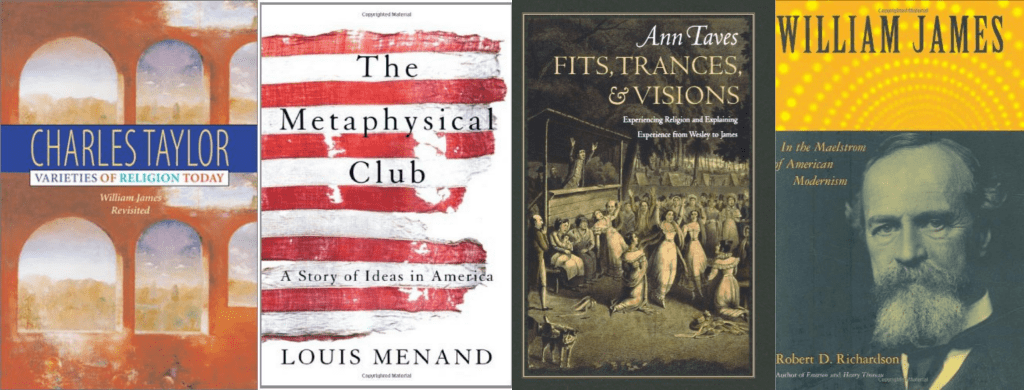
Deborah Blum, Ghost Hunters: William James and the Search for Scientific Proof of Life after Death, (2006).
Blum places James’s research within the context of a broader scientific and spiritualist search for evidence of existence beyond the grave.
Louis Menand, The Metaphysical Club: A Story of Ideas in America, (2001).
Menand views American thought through American intellectuals, William James among them, who pioneered the philosophy of Pragmatism in the 1870s and beyond.
Robert D. Richardson, William James: In the Maelstrom of American Modernism ,(2006).
Richardson’s is among the best of a very fine group of James biographies..
Ann Taves, Fits, Trances, and Visions: Experiencing Religion and Explaining Experience from Wesley to James, (1999).
This is a path-breaking study of changing modes of envisioning and interpreting the reality of religious experience in the 18th and 19th centuries.
Charless Taylor, Varieties of Religion Today: William James Revisited, (2003)
In a series of lectures, Taylor explores the strengths and weaknesses of James’s approach to religion and discusses its relevance to our own time.
Photo Credit:
Bexx Brown-Spinelli At Burning Man
